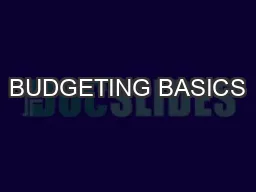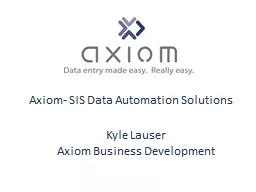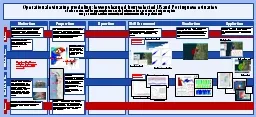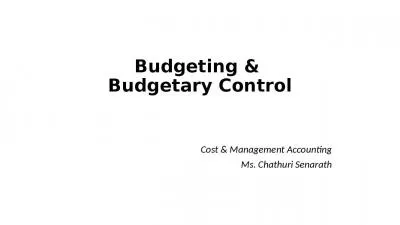PPT-Axiom - Operational Budgeting
Author : trish-goza | Published Date : 2019-06-29
Plan File Revised 91118 What Should I Know About The Operational Budgeting OpBudget Plan File How Do I Get Into Axiom and Navigate To The OpBudget Plan File
Presentation Embed Code
Download Presentation
Download Presentation The PPT/PDF document "Axiom - Operational Budgeting" is the property of its rightful owner. Permission is granted to download and print the materials on this website for personal, non-commercial use only, and to display it on your personal computer provided you do not modify the materials and that you retain all copyright notices contained in the materials. By downloading content from our website, you accept the terms of this agreement.
Axiom - Operational Budgeting: Transcript
Download Rules Of Document
"Axiom - Operational Budgeting"The content belongs to its owner. You may download and print it for personal use, without modification, and keep all copyright notices. By downloading, you agree to these terms.
Related Documents














